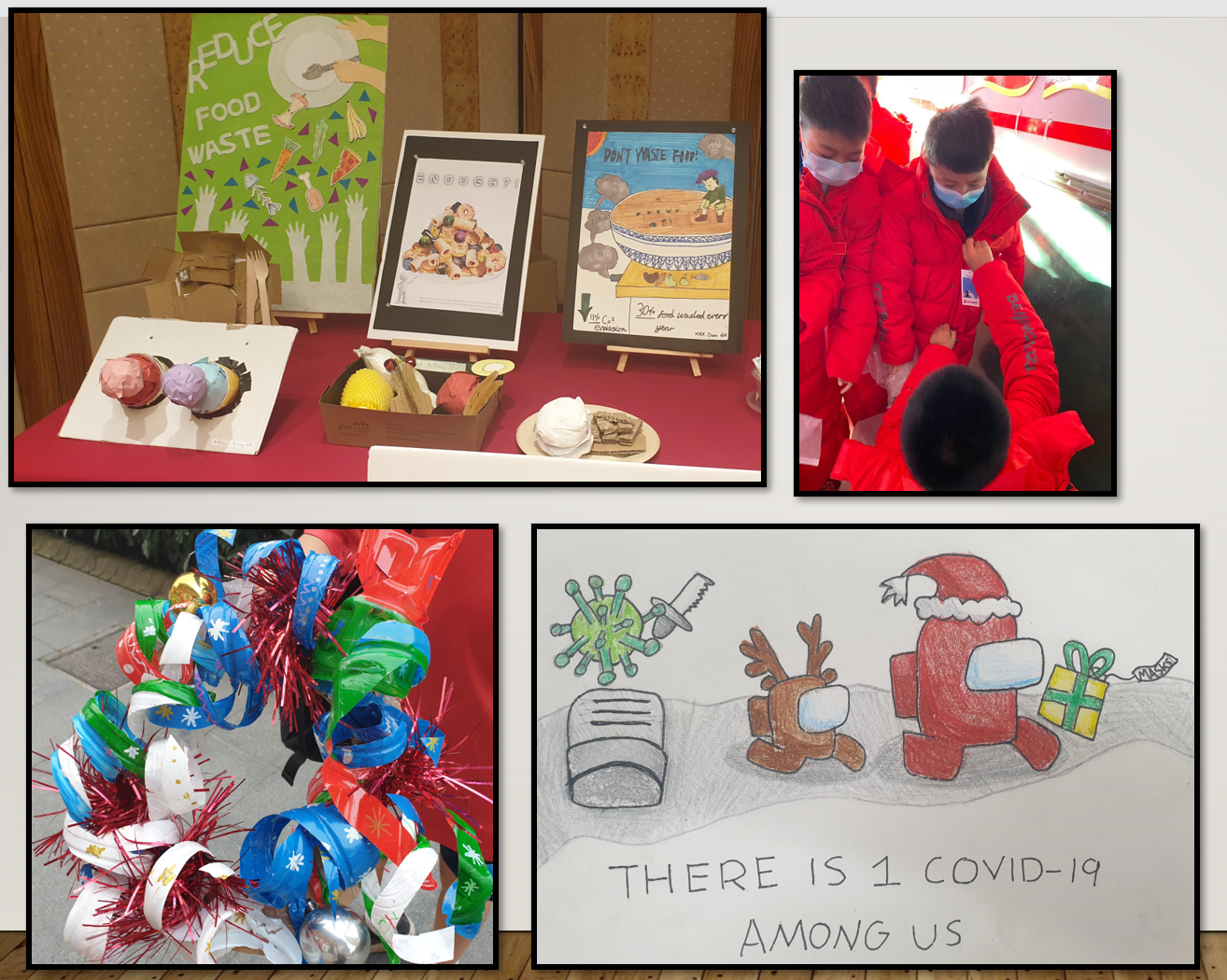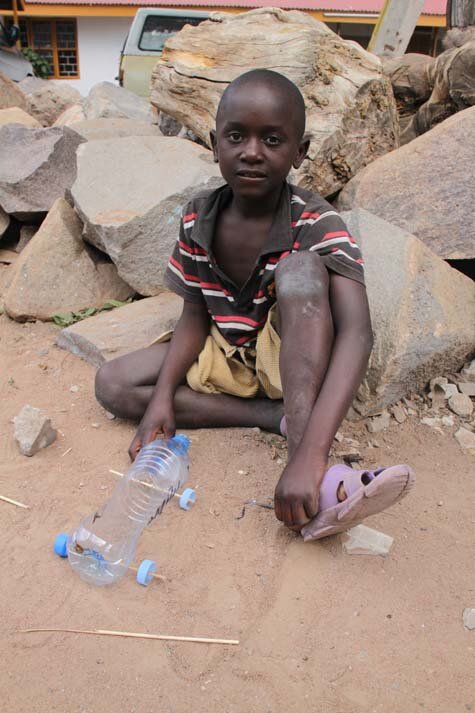Service Learning & Art
Service Learning through art
What is Service Learning?
Service learning is best described as something that ‘connects school-based curriculum with the inherent caring and concern young people have for their world-whether on their school campus, at a local food bank, or in a distant rain forest’, Cathy Berger Kaye. I can also define it as the action part of the inquiry cycle, where students are driven to solve a real-life problem they see in their world. Ideally, this is about connection with others and about both parties gaining something from working together and not about the wealthier students helping poorer students only. There are 4 types of service; direct, indirect, advocacy and research.
Through art there are numerous ways we can link real life learning with helping to solve problems in our communities.
How many doodles can you complete in 30 minutes?
FUNATHON & Sponsorship
Many schools offer students wonderful indirect service opportunities such as canned goods drives or Giving Tree, Shoebox style appeals, where students shop for a specific person in need. Holding a FUNATHON instead was a fantastic initiative created by our student leaders who chose 4 fun activities; parkour, throwing games, tag games and drawing. They asked students to get as many sponsors as possible with the hopes that they would complete as many of their set activity as possible in 30 minutes. Our school was able to triple the amount of winter coats we wanted to donate to children in need in rural areas of China.
What are the types of Service Learning?
Cleaning up local waterways
Direct Service
Direct Service: Examples of direct service might include cleaning the school, weeding our own vegetable patch, picking up rubbish in our local area, taking out our neighbours trash for them, we are directly helping a person or thing. This might also include experiences like packing boxes with food or tinned food collection and then taking food directly to people. It might be a local bean clean up or helping to build a community garden with others, because they requested a garden be built. Our year 6 students designed different character make up and did the make-up for our school’s production.
Student run French Cafe for teachers
Indirect Service
Indirect service. This involves helping others, but it is not direct, we don’t get to see the people or animals we are helping, not first-hand. For example, asking friends and family to sponsor you in an event such as a swimathon or readathon or sewing warm blankets for others. You might hold a Funathon, where students will get sponsored to complete a fun activity as many times as possible to raise money for a partner organisation who needs money to buy warm winter jackets for their students in rural areas. Last year our students who had been studying migration and the Syrian refugee crisis held an art exhibition and asked for donations to view their artwork. Their donations were used to sponsor a group of clowns and play therapists who run workshops for children in stressful situations in refugee camps all over the world.
Reducing Food Waste at our School
Research & Advocacy
Advocacy and research are often overlooked at not as valuable as direct or indirect service and although students love to help others directly, there is great value in both advocacy and research. Advocacy is speaking up for those who cannot speak up for themselves, whether that be people or animals. One of the schools I worked in ran a very popular after school group called PAWS which advocated for abandoned animals in Shanghai and helped them to find homes, pay vet bills and raise awareness of unwanted or mistreated animals, similar to the RSPCA. Students might become curious to find out more about invasive species or endangered animals through learning in their classes. They might then choose to interview their friends and teachers, before deciding that it is important to raise awareness in our community about such problems. Students might choose to create awareness of the problem by making posters or short videos with the hopes of educating our community.
Research: Often the best thing students can do to solve a real life problem is to conduct some research, whether this be using book, online or talking with people via interviews, our students are encouraged to collect real evidence and data! One example of this involves Year 3 students who were learning about rivers and the value of clean water. As part of their learning in class through their humanities and science, students found out all about sanitation. They were then invited to collect data about our school toilets and toilets in our community and we held a Toilet Design Challenge which we hoped would highlight how essential clean sanitation is for the whole world and in turn will link to our Sustainable Development Goal number 6 (Clean Water and Sanitation) or Good Life Goal (number 1-help end poverty & number 3-stay well).
More real life service examples
Tanzania & Indonesia
In Tanzania I was lucky enough to coordinate and work with a committed group of high school CAS students who taught English, Swimming and a range of sports and skills to local students each week on a Saturday at our International School. In term, our local friend taught us Kiswahili and how to sew and make craft items. Students taught each other footballs tricks. In Jakarta, Indonesia I was also able to work alongside high school students who had become friends by playing soccer with some local students whom they soon realised did not have the opportunity to attend local school. Our committed CAS students fundraised and build them a school out of Bamboo and a Body Shop Factory donated land for the school to be built on. Each week some students would join us for art and PE classes which were not available at their new school.
China
By working for many years in International Schools, I am continually impressed with the wonderful ideas students come up with from their learning both in and out of the classroom. We have had students leave thoughtful messages on the handles of bikes, reminding our riders to wear helmets. Other students conducted careful surveys around school to improve our catering service and therefore food waste. Students made clothing out of recycled materials for a fashion show to raise awareness about clothing waste and landfill. Student leaders set up recycling shops for teachers, so that they can have a range of cardboard and building materials always available. Year 6 students gathered data and interviewed each other, and their case was so completing to our Principle and parent body that our school assisted them to work with architects to redesign and build an entire new and more interactive playground. Some of our after-school activities create small businesses which make creative products such as lipstick, handmade soap, decorations, handmade cards, hair scrunchies etc. to sell to raise money for children less fortunate them themselves.











































